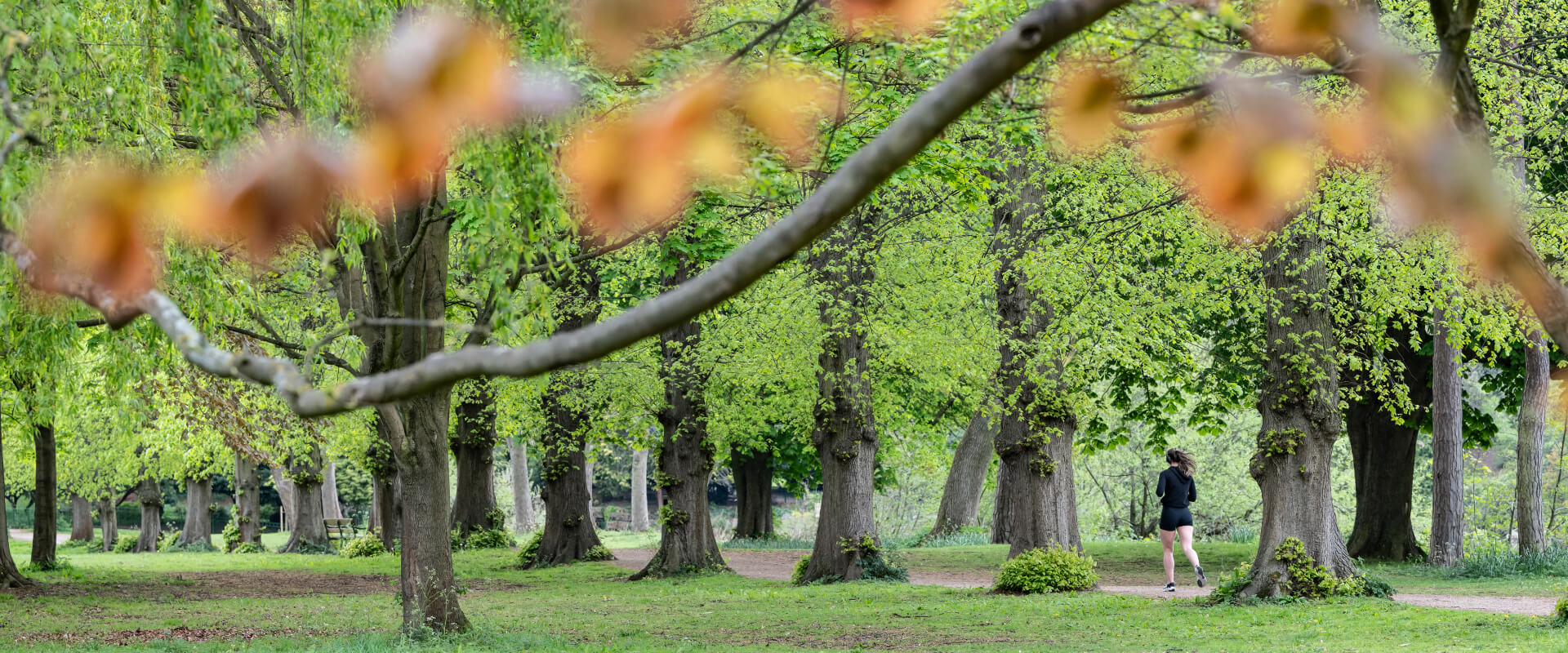
Value and fund an urban forest
24-06-2025
Get started with...
Guidance

24-06-2025
Get started with...
Guidance
The time is now to start thinking of innovative ways to fund our urban forests and invest in people’s futures in our towns and cities.
As the social, economic and environmental need for equitable urban forests rises, the availability of public funding is falling.
It means local authorities and their partners are facing unprecedented financial challenges when it comes to managing trees from planting through to maturity.
This guide helps you understand the real value of your urban forests and unlock new and additional funding and investment for long-term maintenance and growth. Get ready to build new blended funding and finance models, where public funding is supported by other sources of philanthropic and private funding.
Local authorities have historically funded their urban forests through public money, with support from grants. But key financial and logistical challenges are making this more and more difficult.
Take a look at some of the short and long-term challenges.
You can find out more about the challenges faced by the urban forestry sector and how different organisations are working to overcome them in a case study from The Mersey Forest Community Forest and Finance Earth.
These challenges are not going away. So what can you do differently to help bridge the long-term urban green infrastructure funding gap?
One option is a blended finance model where you can top up public funding with multiple other income streams. It can help secure your tree projects for the future and enable investors to meet their Corporate Social Responsibility and Environmental, Social and Governance goals. As each type of potential investor will have different motivations, it’s important to understand these before you start seeking investment in your urban green infrastructure.
By calculating the financial value of an urban forest, local authorities and their partners can lay the groundwork for informed decision making and targeted investment strategies for people and places. Here are some examples of how to go about it.
Birmingham City Council worked with Treeconomics to estimate the costs and benefits of their urban forest, based on the interventions set out in their Urban Forest Master Plan .
Read the cost benefit report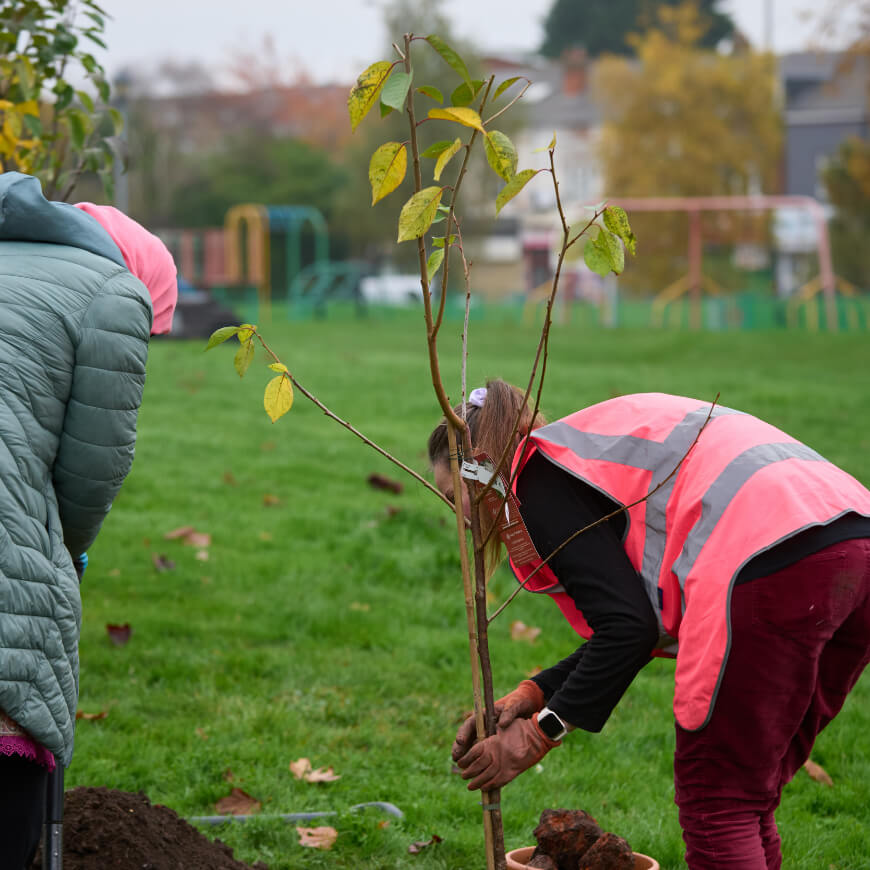
The Black Country Consortium and the West Midlands Combined Authority (WMCA) carried out similar valuation exercises using i-Tree Eco surveys. They calculated the total value of West Midlands’ urban forest at £73.25 billion.
Read the WMCA i-Tree Eco survey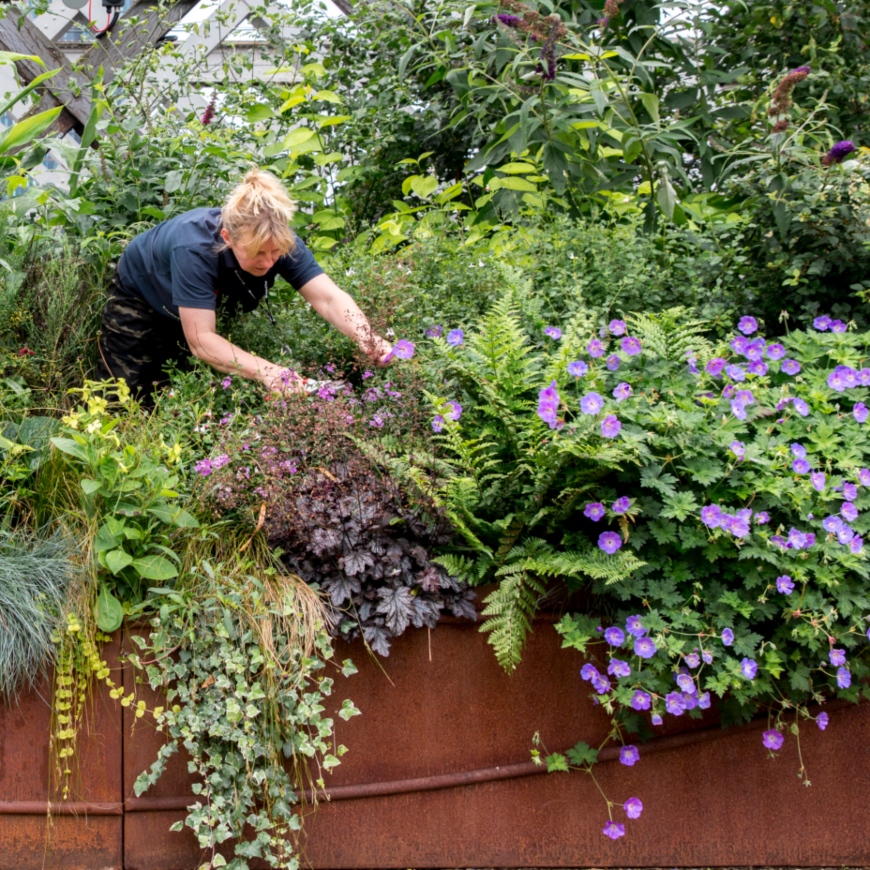
Capital Asset Value for Amenity Trees (CAVAT) treats trees as valuable public assets, valuing them based on their replacement cost. You’ll find a comprehensive set of tools on the London Tree Officers Association website.
Take a look at the tools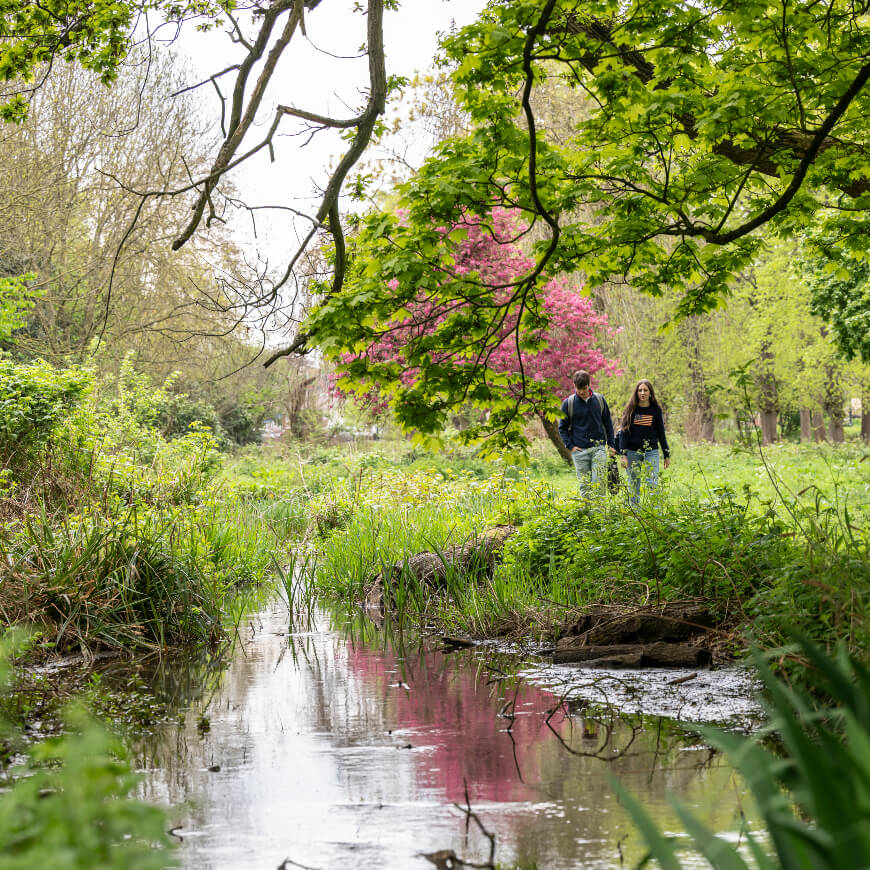
The Green Infrastructure Valuation toolkit gives you a set of calculator tools that assess the value of a green asset or a proposed green investment. It also gives you the economic value of the benefits of green infrastructure wherever it can.
Visit the website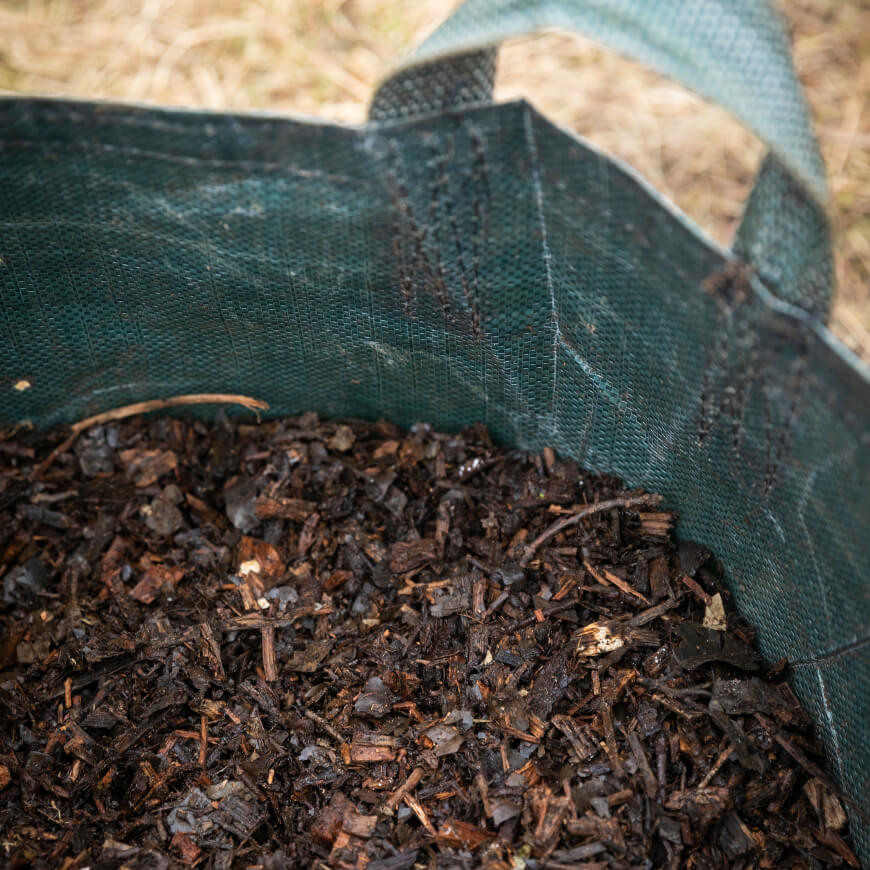
The free Tree Equity Score UK tool, co-developed by the Woodland Trust, enables places to identify areas of inequity. It gives a neighbourhood-level score and highlights the areas where people need trees most.
Visit the tree equity tool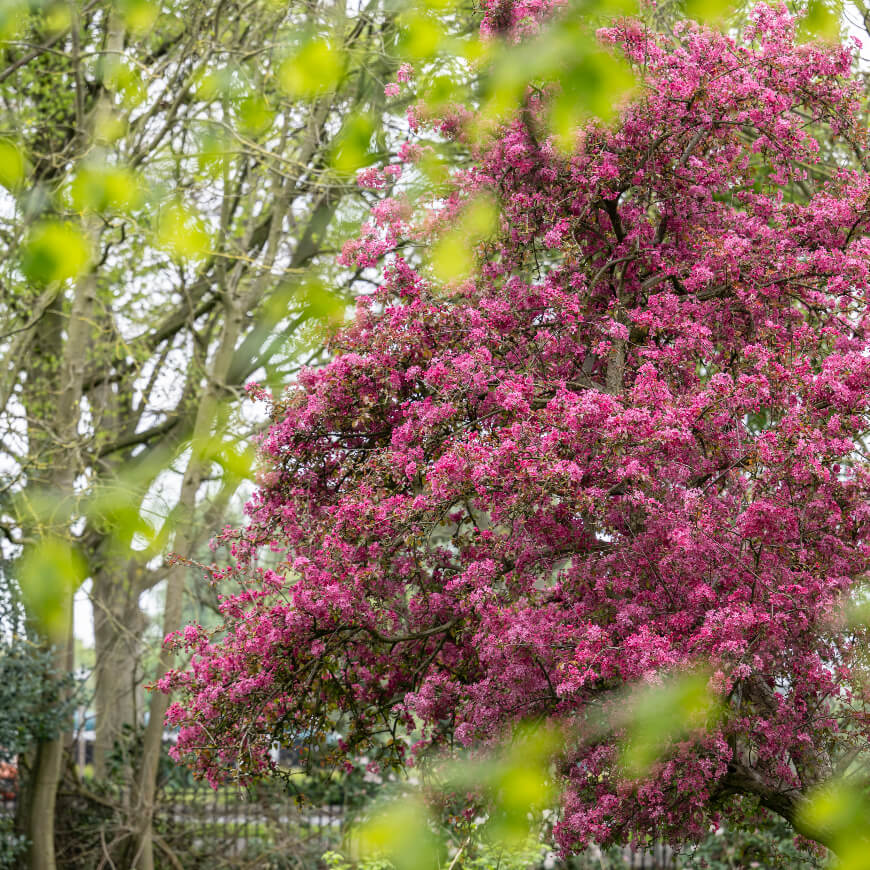
The IGNITION project developed innovative investment solutions for Greater Manchester’s natural environment. Its street tree evidence database can give you an idea of the ecosystem services that street trees can deliver.
Discover IGNITION
This guide breaks down your funding journey into easy-to-follow steps - including valuing your urban assets, building a strong investment case, and engaging future funders.
You can also download a toolkit about private finance options for urban greening work. You’ll discover how to identify the potential ecosystem services of wider green or blue spaces and what to consider when quantifying and selling these to buyers. It’s supported by a Green Finance Flowchart, with recommendations on data collection processes and guidance on what additional expert support you might need.
You could start by using one of the tools above to carry out natural capital accounting and calculate the value of your natural urban assets. Canopy cover can be used to estimate the value of trees at the scale of a town or city, a plot-based assessment is more appropriate for smaller areas, and CAVAT for single trees.
Forest Research used a combination of i-Tree Canopy, CAVAT and Natural Capital Accounting methodologies to calculate the value of the UK’s non-woodland trees.
It’s a good idea to ask for specialist support when deciding which tool is best for you.
Including a projection can strengthen your case by presenting two investment scenarios. On one side, it sets out the potential value of your green infrastructure based on specific interventions and scenarios. And on the other, it gives an insight into how lack of investment could impact people and places.
The methodology tested by Treeconomics for valuing growth scenarios with Birmingham City Council is an example of this. Their analysis revealed:
Use environmental and social data to understand exactly what people need in your town or city. Natural England’s Green Infrastructure Mapping Database includes a variety of socio-economic and access datasets, but you may also want to consider using specific environmental data.
Birmingham City Council’s Climate Risk Vulnerability Assessment uses data that includes pollution, surface temperature and flood risk to identify where need is greatest in the city. This mapping builds on Birmingham City Council’s work on environmental justice as part of the Future Parks Accelerator programme.
Once you’ve identified the key needs of local communities (e.g. flooding, heat and pollution), move on to step 4 to determine how green infrastructure could address these issues (e.g. flood risk mitigation, heat reduction and air quality improvements).
Assess what type and level of benefits are being provided by urban green infrastructure right now and consider what projects you could deliver in the future to enhance and expand these benefits.
At this stage, you need to think about how you will evaluate ecosystem services provided by your urban forest and start to analyse this against the typical cost/benefit profile of urban trees. This will help you identify the most appropriate existing ecosystem service markets and funding models for your urban greening projects.
Identify urban areas that could be helped most from additional green infrastructure and consider which projects would be most effective in enhancing the social, economic and environmental benefits for communities living there.
Read about evaluating the ecosystem services provided by green infrastructure and understanding the needs of buyers in our Urban Greening Toolkit for Private Finance. This report explores the challenges of delivering ecosystem services in dense urban environments, where the scale of green infrastructure can be limited.
Use a cost modelling tool to work out what the cost would be at an individual project level. You can then use the data collected to estimate costs involved on a citywide, urban forestry planting programme level.
Determine what outcomes you’re promoting and how you’re going to monetise them.
Give private funders additional confidence by identifying suitable metrics and rigorous quantification methodologies that demonstrate the strengths of the outcomes they’re buying into.
Read about payments for ecosystem service models in our Urban Greening Toolkit for Private Finance and get an insight into new funding models that could help channel private funding to your urban forestry projects.
Make sure you’re ready to receive and deploy any funds that are invested. Here are some helpful questions to ask yourself:
Develop engagement materials to help start meaningful conversations with potential funders.
These could include the following approaches:
Think about ways you could leverage your partnerships and use investment models to offer additional social, economic and environmental benefits to an area. For example:
This guide is part of a series created by the Urban Forest Accelerator programme.
The programme was run in partnership with the Community Forest Trust and Woodland Trust, and funded by the Trees Call to Action Fund. This fund was developed by Defra in partnership with the Forestry Commission and is being delivered by the National Lottery Heritage Fund. Special thanks to Birmingham City Council and Birmingham TreePeople. Text on this web page is licensed by the programme under CC BY 4.0.
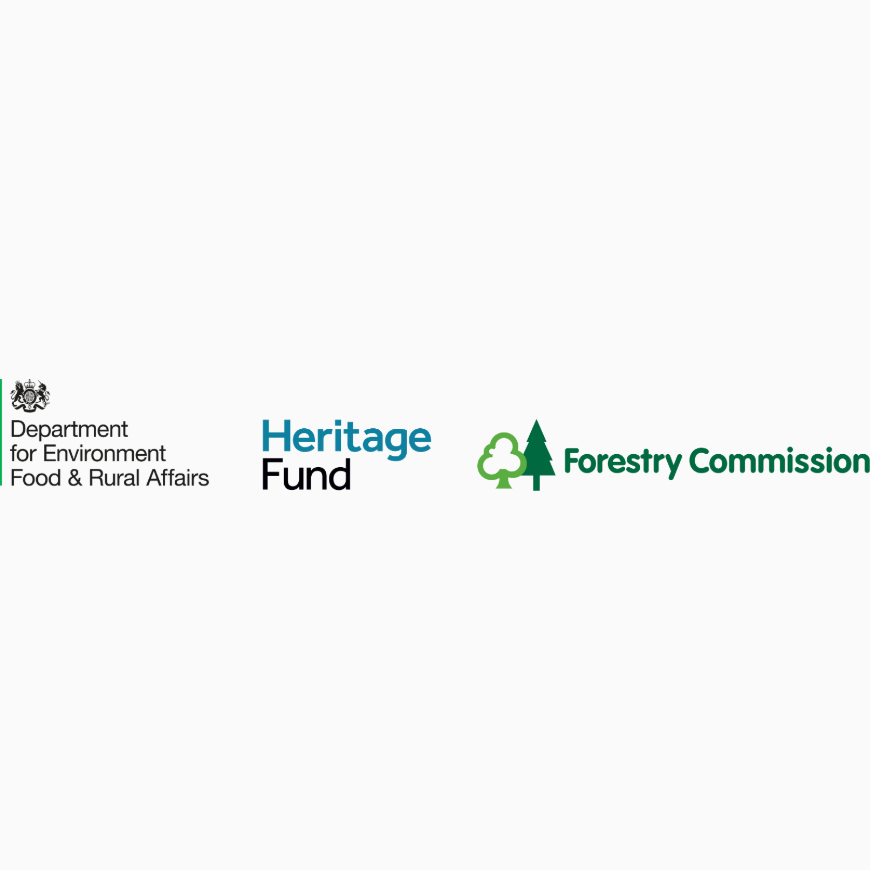
Discover more about how we can create fairer urban forests in our towns and cities below.
Get started with...
Case study
Guidance
24-06-2025
Get started with...
Case study
Guidance
24-06-2025
Get started with...
Case study
Guidance
24-06-2025
Webinar
Case study
09-12-2024